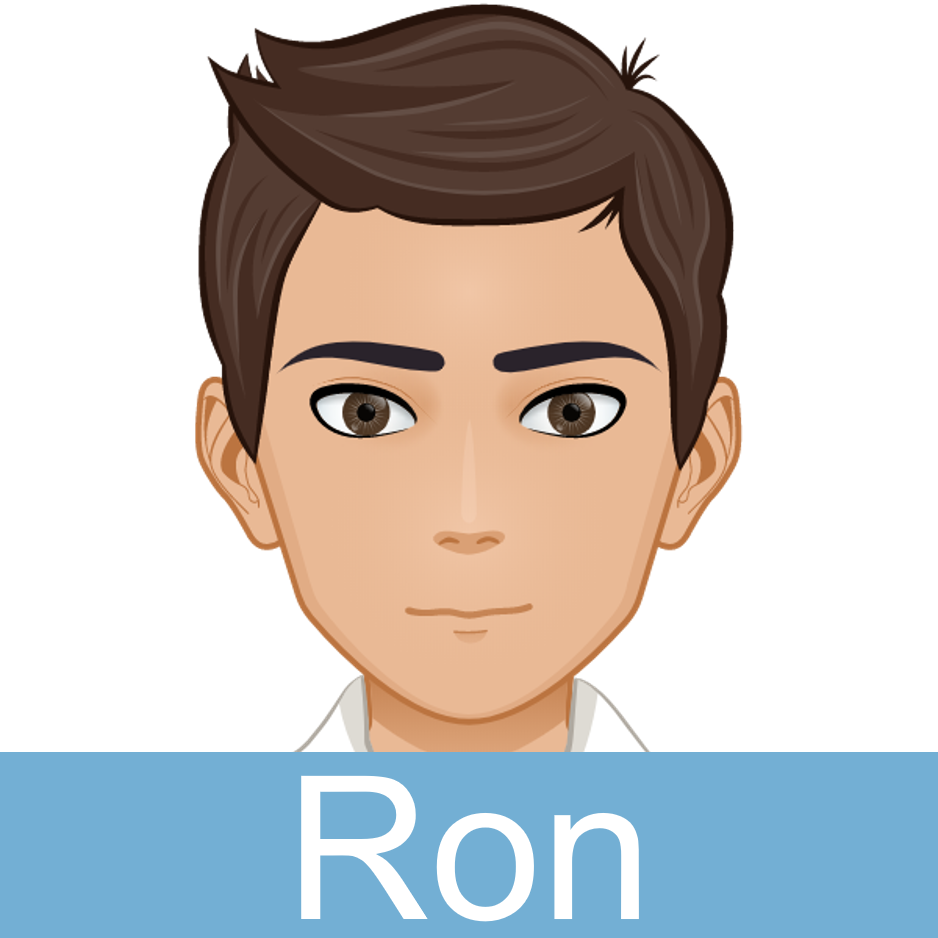PART A_1
Let’s learn new vocabulary. Listen and repeat these words with me.
PART A_2
| 1. workplace 職場 | |
| A better workplace can bring real productivity. | |
| 2. hazardous 冒険的な、危険な | |
| Workers in hazardous conditions will appreciate the safety improvements brought by advanced technology. | |
| 3. machinery 機械 | |
| The machinery is driven by electricity. | |
| 4. quality 品質 | |
| Quality is better than quantity. | |
| 5. accurate 正確 | |
| What he reported was accurate. | |
PART A_3
I will ask the questions. Please answer them in complete sentences.
PART A_4
| 1. | Do you think too many people in the workplace can be a major source of stress? |
| 2. | Is it hazardous to handle chemicals without proper protection? |
| 3. | Could you give a tip on how to operate machinery safely? |
| 4. | Do you believe that quality is more important than quantity in most situations? |
| 5. | Is it important for scientific research to be based on accurate data? |
PART B_1
Let’s read the dialogue. I will play Ron, and you will play Emma. Then, we’ll switch roles.
PART B_2

Hey, Emma. Do you agree with using robots in the workplace?
|
|
Certainly! Employees who work in hazardous environments
will be grateful that robots will reduce some of the dangers.
|

I agree with that too. Sharp objects and machinery that run at a high temperature can easily injure a person.
|
|
Employers will be happy as well since robots do not get frustrated
or need time off.
|

Also, robots will always deliver quality work. They’re less likely to make mistakes because they’re designed for accurate, repetitive motion.
|
|
Employees, I assume, would be happy to let robots do the work
that leaves them exhausted.
|

I couldn’t agree more! But do you think that we’ll be needing more robots than humans?
|
|
I don’t think so. Robots need people for monitoring and supervision.
We’ll need more people to build those robots.
|
PART C_1
I will ask questions about the conversation. Please answer in complete sentences.
PART C_2
| 1. | What does Emma agree with? |
| 2. | Why will the employers be ecstatic? |
| 3. | Why are robots able to deliver quality work? |
PART D_1
Fill in the blanks using the new vocabulary you learned to complete the conversation.
PART D_2
| 1. | A: What should each employee do? B: Each employee should do their best in the __________. |
| 2. | A: Why did you pull over? B: Poor visibility is extremely __________. |
| 3. | A: Could you tell me about your workplace? B: The factory contains much __________. |
| 4. | A: Do not hurry. B: I agree. __________ matters more than quantity. |
| 5. | A: Is this watch __________? B: Let’s take a look at it first. |
PART E_1
Let’s do a role play. Talk with me based on the situation below, using the expressions you just learned.
PART E_2
Your friend does not like robots. Tell him/her the advantages of having robots in the workplace.
PART E_3
REVIEW AND FEEDBACK
Now, let us review the things that you learned in this lesson.
ではこのレッスンで学んだことを振り返りましょう。
(Please give short feedback on how your student did in your class.)
| Grammar 文法 |
Pronunciation 発音 | Vocabulary 単語 |
Comprehension 理解 |
|
|---|---|---|---|---|
 GOOD GOOD |
文法の誤りはほとんどなく、完全な文章で話すことができる | ほとんどの単語をはっきりと正しく発音することができる | 習った表現を適切に使うことができる | 文章を理解し、質問に正しく答えることができる |
 FAIR |
文法の誤りはあるが、完全な文章で話すことができる | 発音の練習が必要な言葉がいくつかある | たまにミスはあるが、習った表現を適切に使うことができる | 文章を完全に理解するのは難しく、質問に正しく答えられないときもある |
 POOR |
文章で話すのは難しく、単語だけで話すことができる | 発音の練習が必要である | 習った単語と表現を少しだけ使うことができる | 文章を理解するのは難しく、質問に答えるのは難しい |
